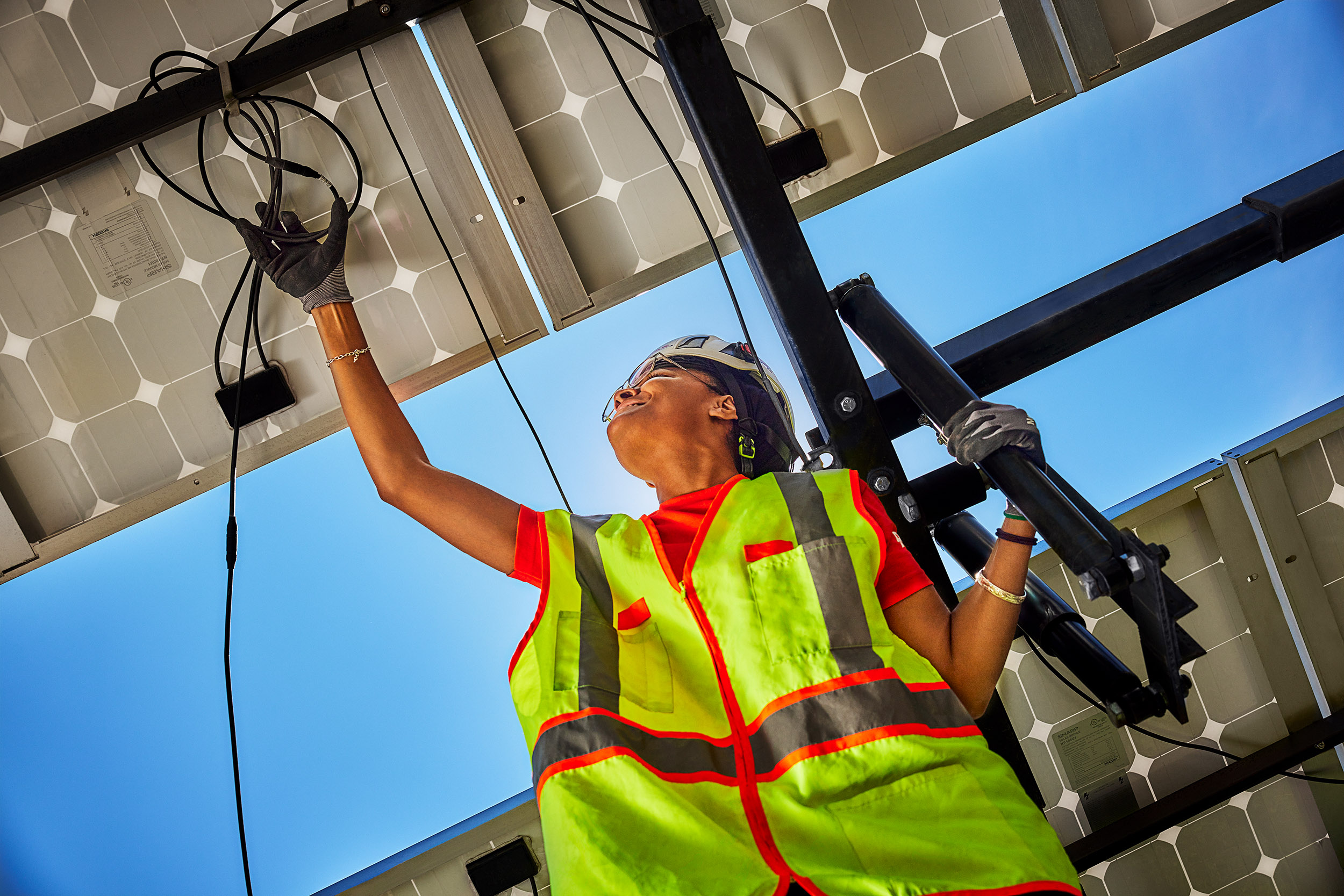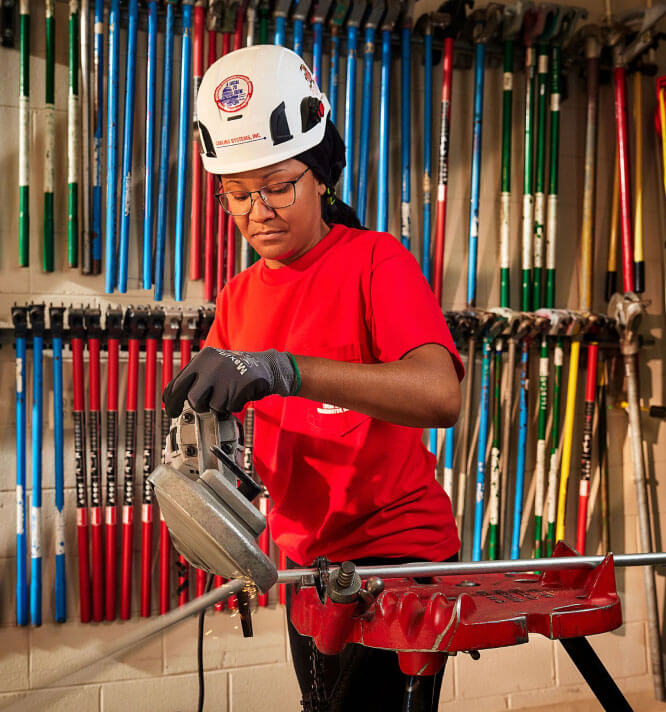

The United States’ electrical grid is fragile. Recent disruptions in power supply, especially due to Hurricane Sandy, are stark reminders that a grid failure is devastating to a society that is increasingly dependent on a steady, uninterrupted flow of electricity. Both the public and private sectors recognize that the grid is increasingly vulnerable to a variety of threats – natural and man-made – and both are looking to alternative energy sources, including microgrids.
Microgrids, on-site generators of electricity, comprise a variety of technologies including photovoltaic, combined heat and power, and wind turbines. While the technologies are diverse, they share several common objectives that are especially important for building owners, including assuring a continuous and reliable source of power to key systems during a power outage and reducing utility bills by shedding load during peak demand times, when the cost of power from the grid is very expensive.
According to Dr. David Riley, head of Pennsylvania State University’s GridStar center, microgrid technologies are evolving rapidly – there will be winners and losers – but all are complex and require highly skilled craftspeople.
The Electrical Alliance, a cooperative effort between the Washington, D.C. Chapter of National Electrical Contractors Association (NECA) and the International Brotherhood of Electrical Workers (IBEW) Local 26, produces the highly trained craftspeople needed to install microgrids, through its Joint Apprenticeship and Training Committee (JATC). Electricians employed by Electrical Alliance contractors undergo a meticulous three- or five-year accredited telecommunications or electrical apprenticeship that includes intensive classroom and on-site work. Once completed, journeymen electricians are constantly provided with continuing education on traditional and new processes, which readies them for work on tomorrow’s systems, including microgrids.
Microgrids are becoming more prevalent in commercial government buildings, as a number of Department of Defense (DoD) facilities are now creating self-sufficient energy “islands” using microgrid systems. The DoD has announced 27 new projects across the country testing a variety of technologies designed to improve the department’s energy security and reduce its facility energy costs.
Additionally, the private sector is adopting these emerging technologies, with some proponents of microgrids suggesting that, in the future, such systems will be as essential in office buildings as air conditioning is today.
With an increasing number of government and commercial buildings installing microgrids, it is now necessary for building owners and general contractors to highly consider microgrids, for their financial and dependable power benefits. Along with the increasing demand for microgrids comes increasing system size and complexity. The members of the Electrical Alliance – highly qualified and experienced electrical contractors and their electricians – stand ready to meet the challenges of this rapidly growing market.
Visit www.electricalalliance.org to hire an electrical contractor for your next microgrid installation.




